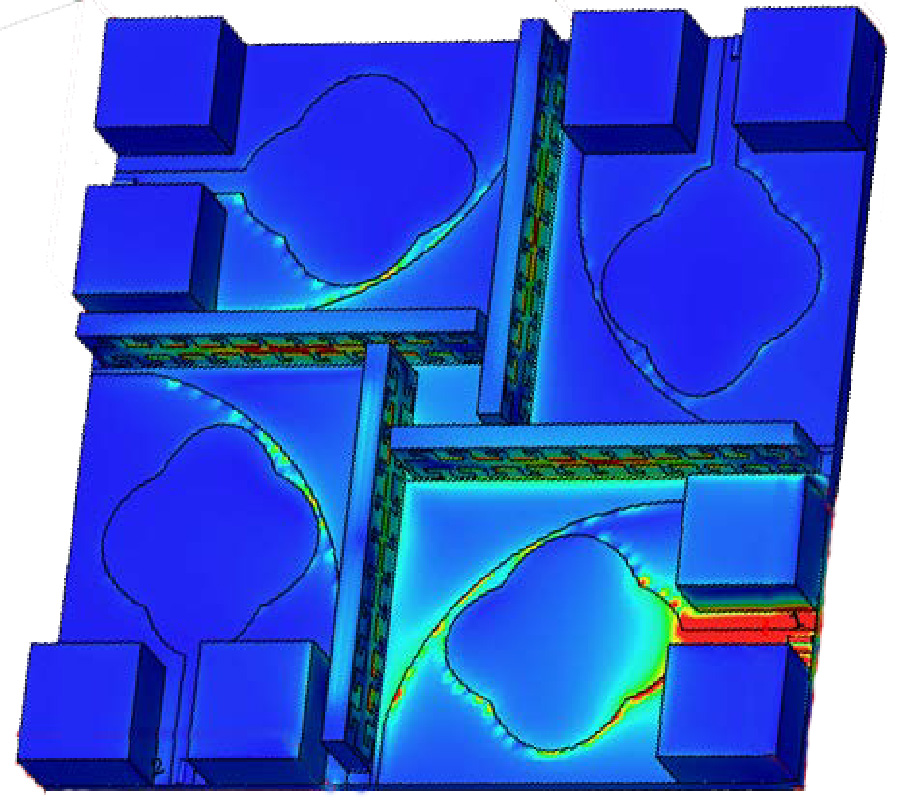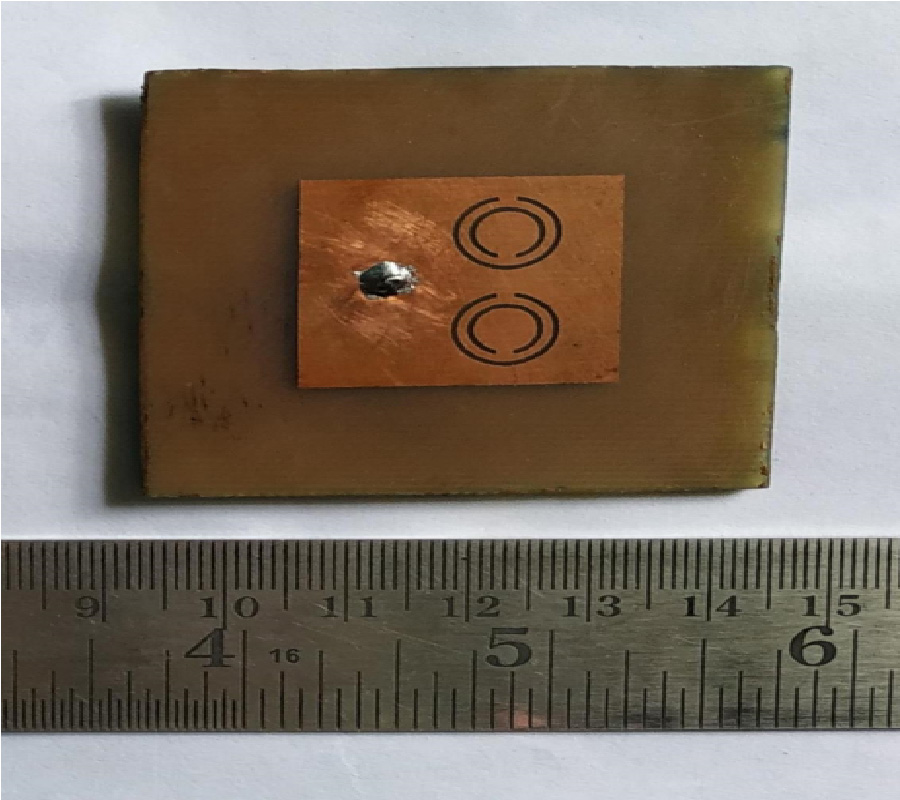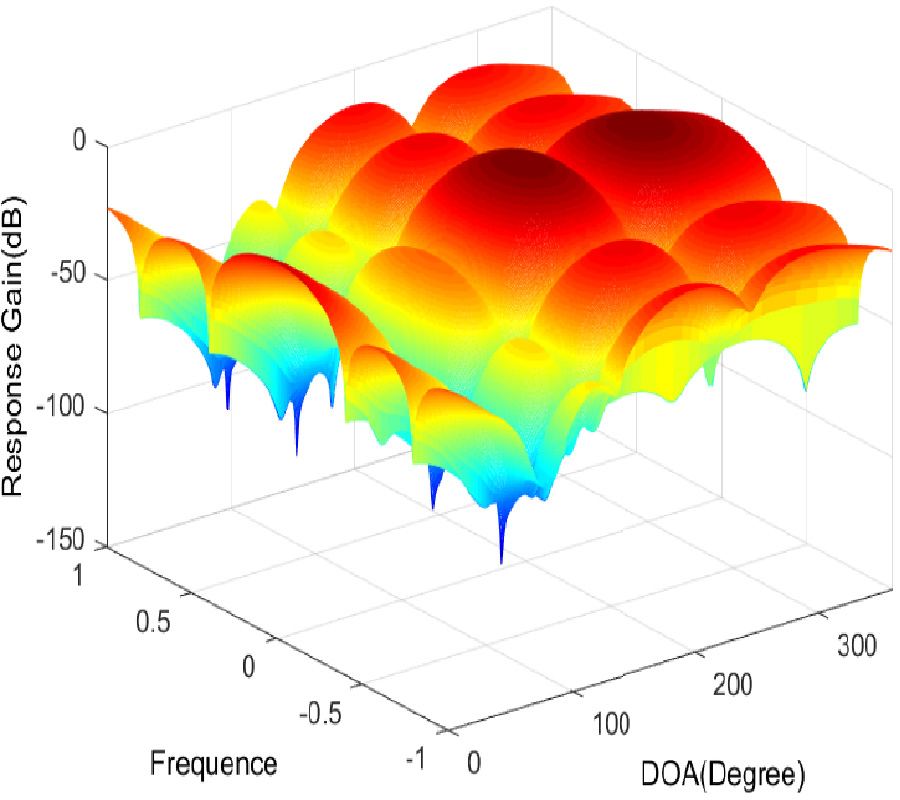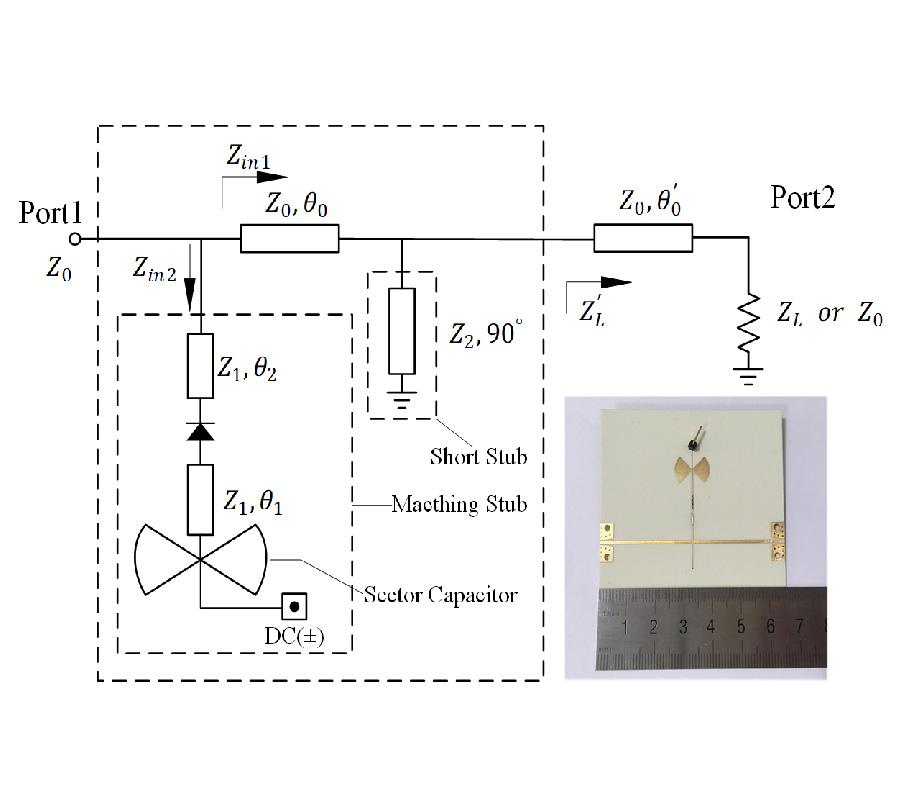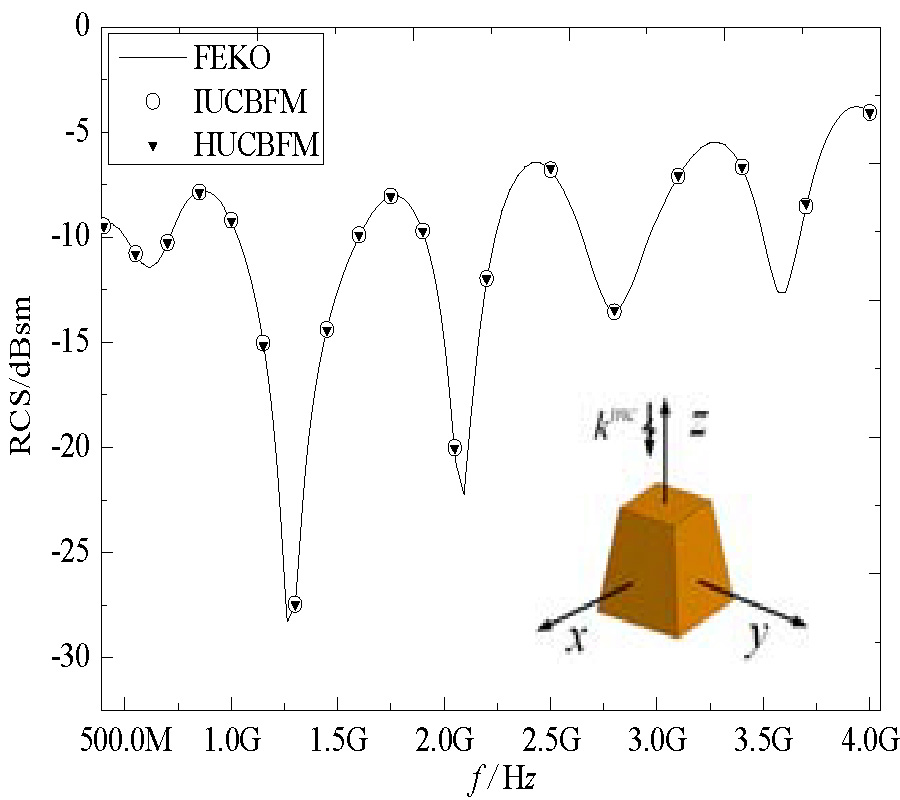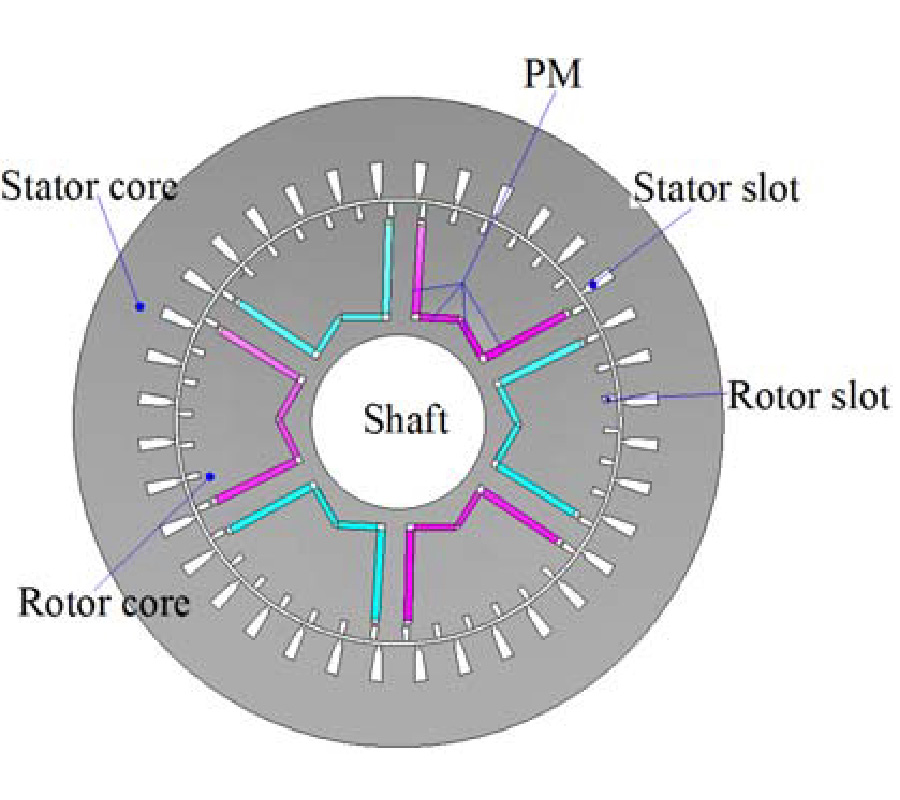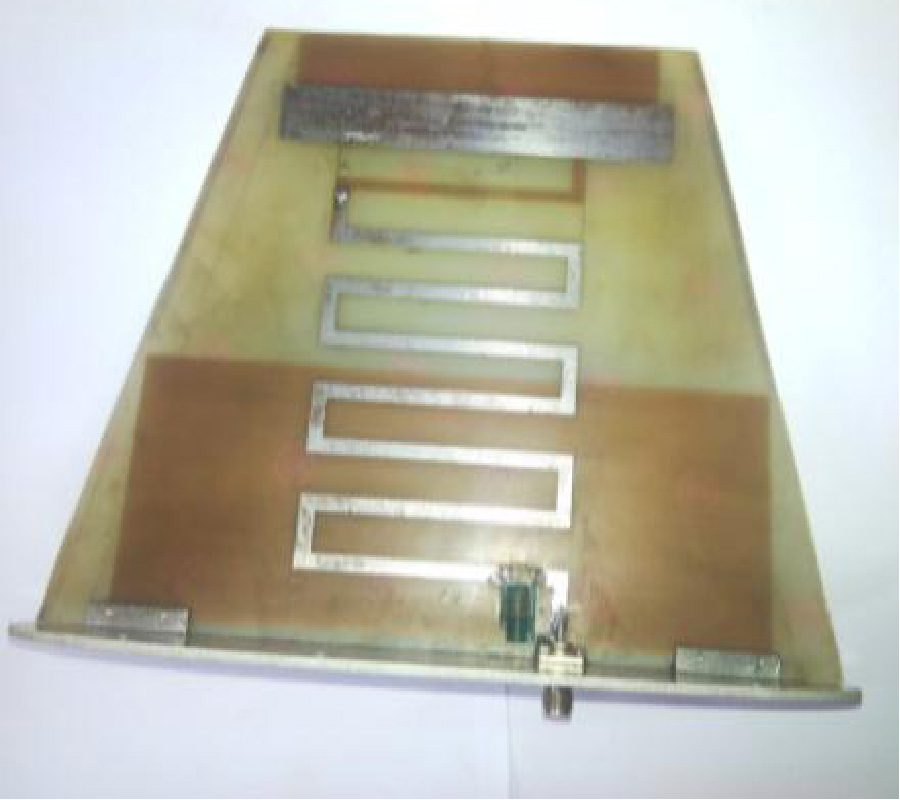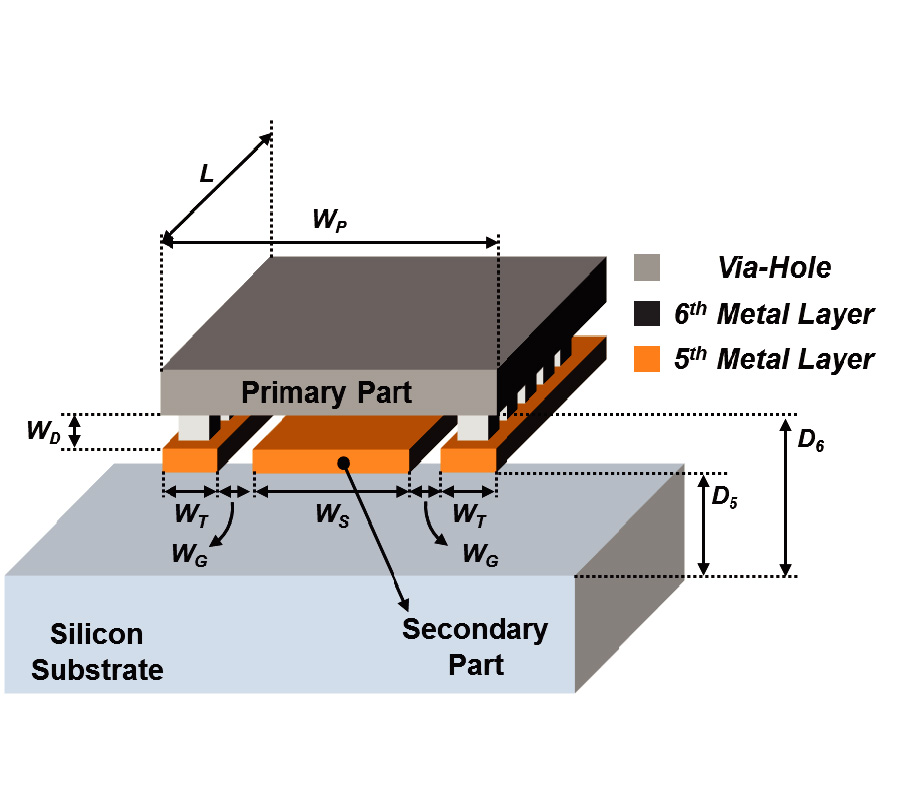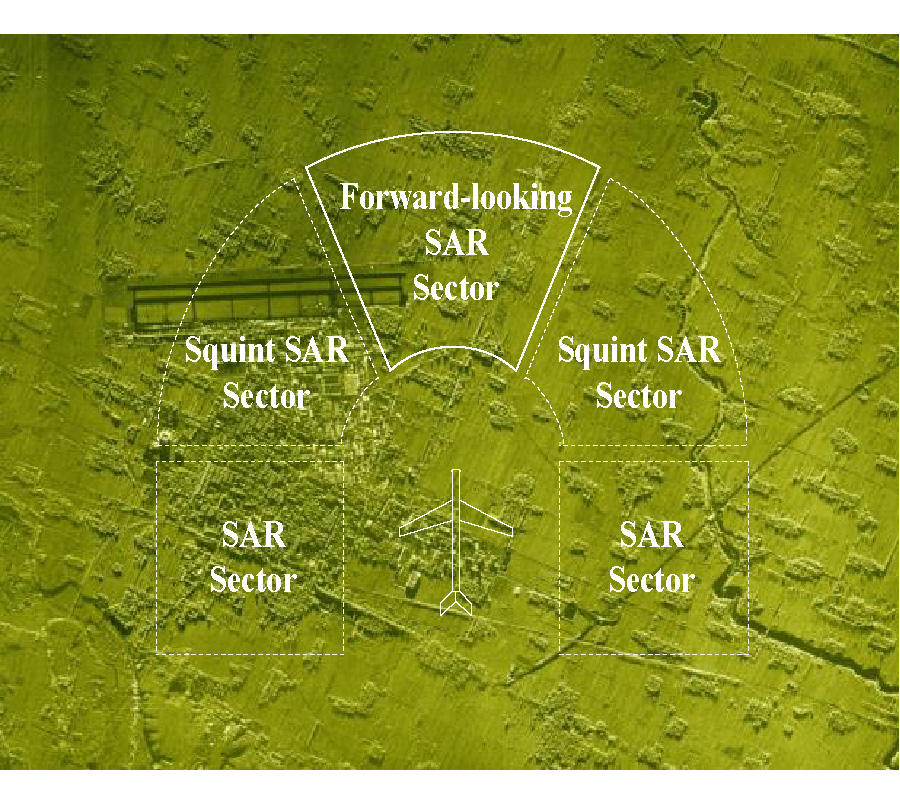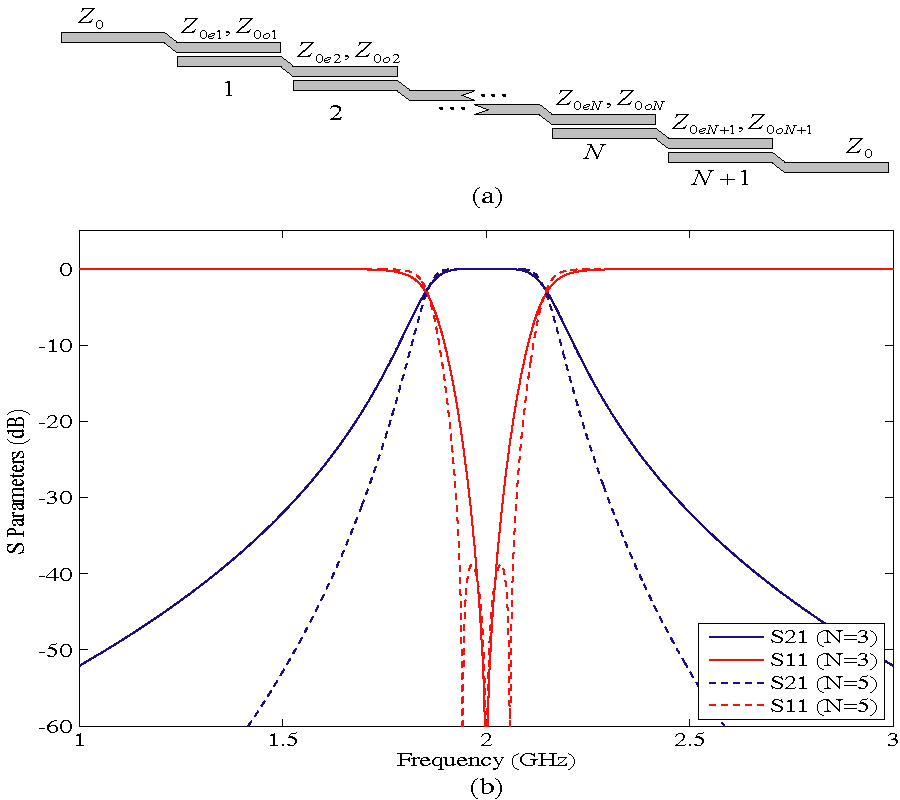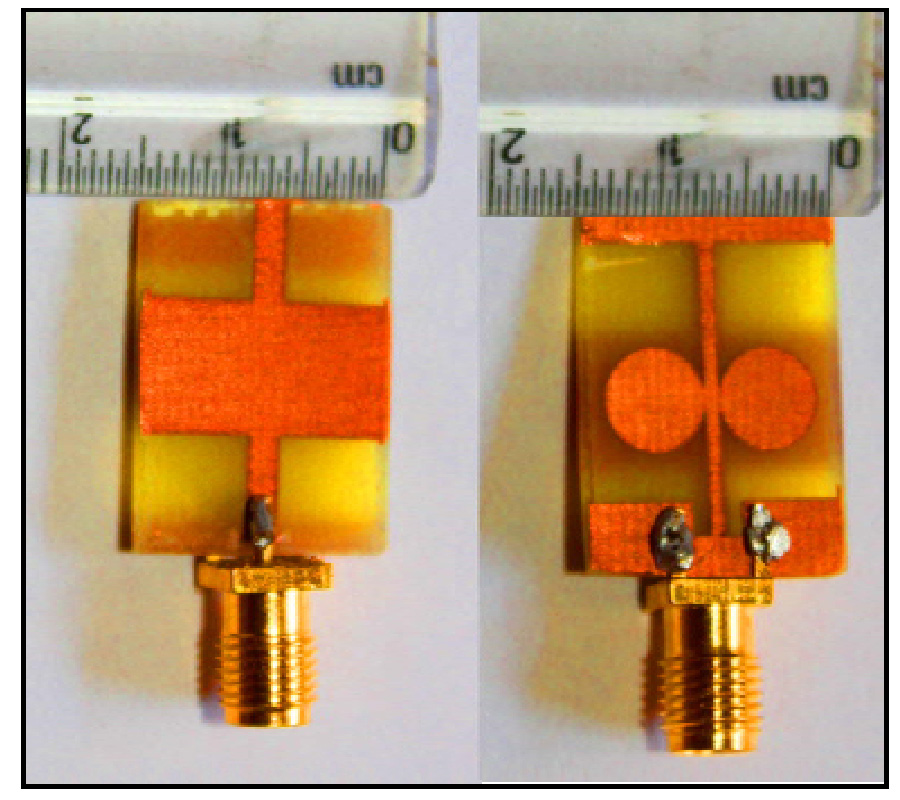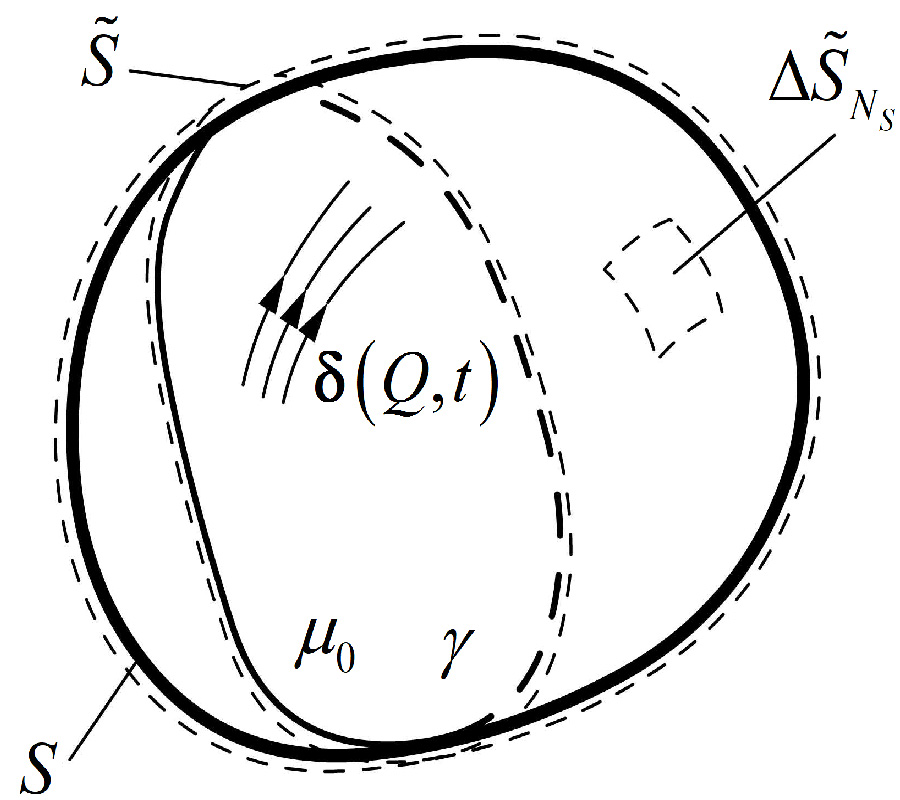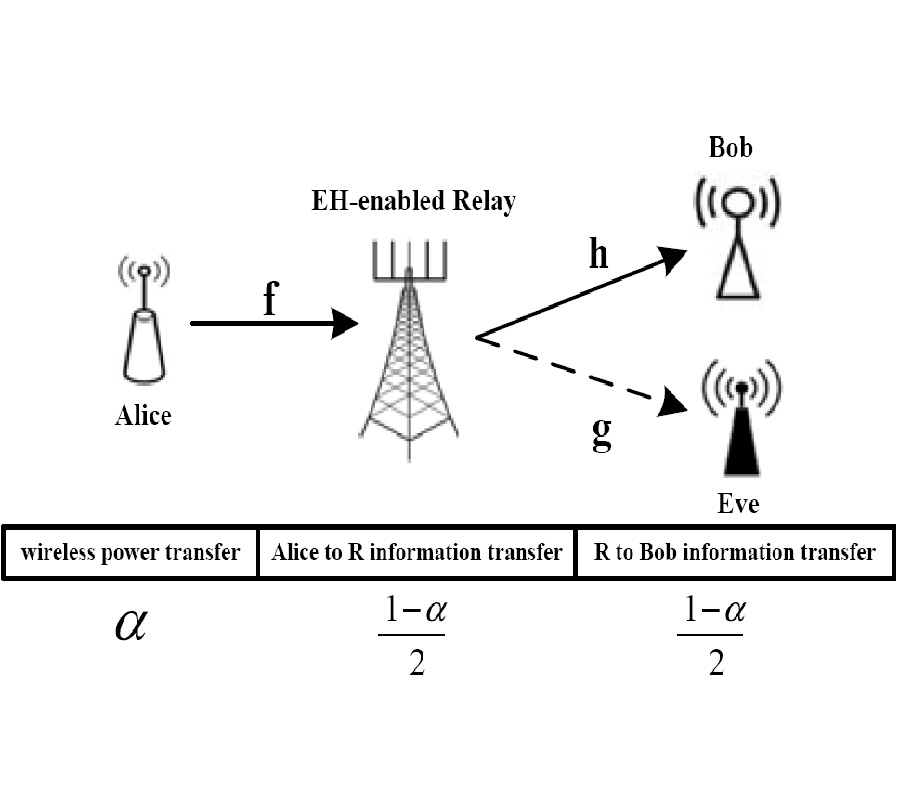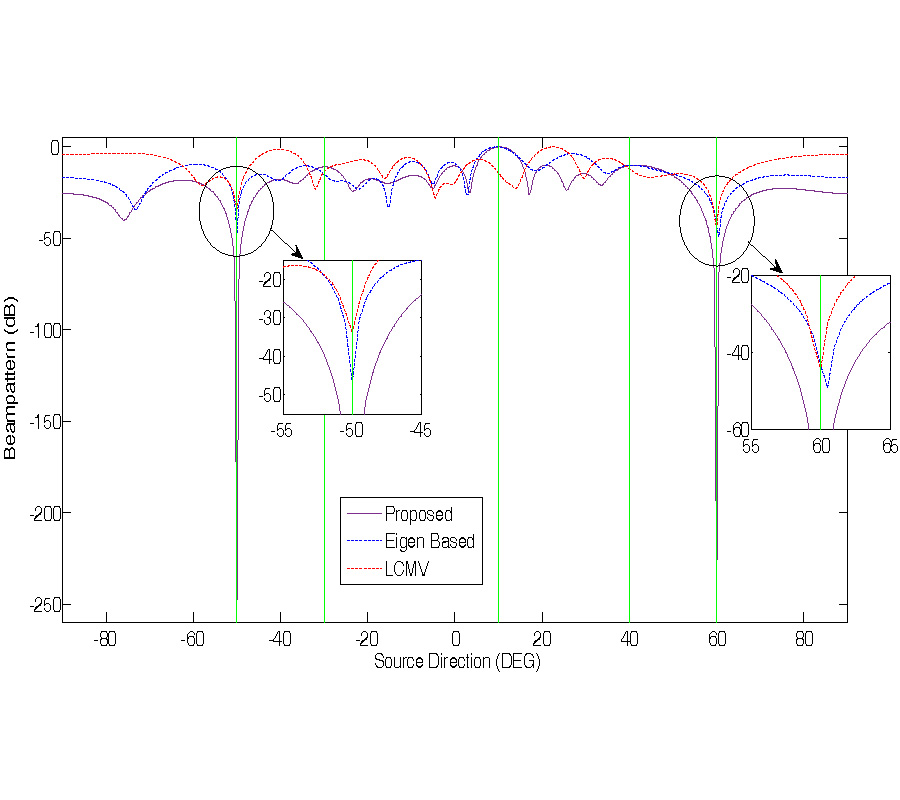Analysis of Connection Way of a Three-Dimensional Receiving Coil Onboard a Capsule Robot for Wireless Power Transmission
Jinyang Gao
,
Guozheng Yan
,
Yunbo Shi
,
Huiliang Cao
,
Kun Huang
,
Hui Gao
and
Jun Liu
Wireless power transmission (WPT) based on near-field inductive coupling is a promising solution to power a tether-less capsule robot (CR) for medical application, and it is normally implemented with a one-dimensional transmitting coil for exciting an alternating magnetic field and an three-dimensional (3-D) receiving coil onboard the CR for induction. The connection way of the 3-D receiving coil has an influence on its output power supplied to the CR, but a method for quickly selecting series/parallel connection is not available yet. This paper is dedicated to developing such a method. Firstly, an analytical expression of the output power of the 3-D receiving coil when selecting series/parallel connection was derived, and its correctness was experimentally validated: the calculated output power using the analytical expression matched well with the measured one, having an average deviation of 1.42%/0.57% when selecting series/parallel connection. Then, a criterion for quickly selecting the connection way was deduced from the analytical expression, which indicates that the connection way is much related to the CR load: when the CR load is smaller than a critical load, parallel connection enables a larger output power average; otherwise, series connection does. A calculation method of the critical load is also given, which can be determined by available parameters relating to the transmitting coil and 3-D receiving coil. Thus, this paper provides a guidance for quickly selecting the connection way of the 3-D receiving coil.
